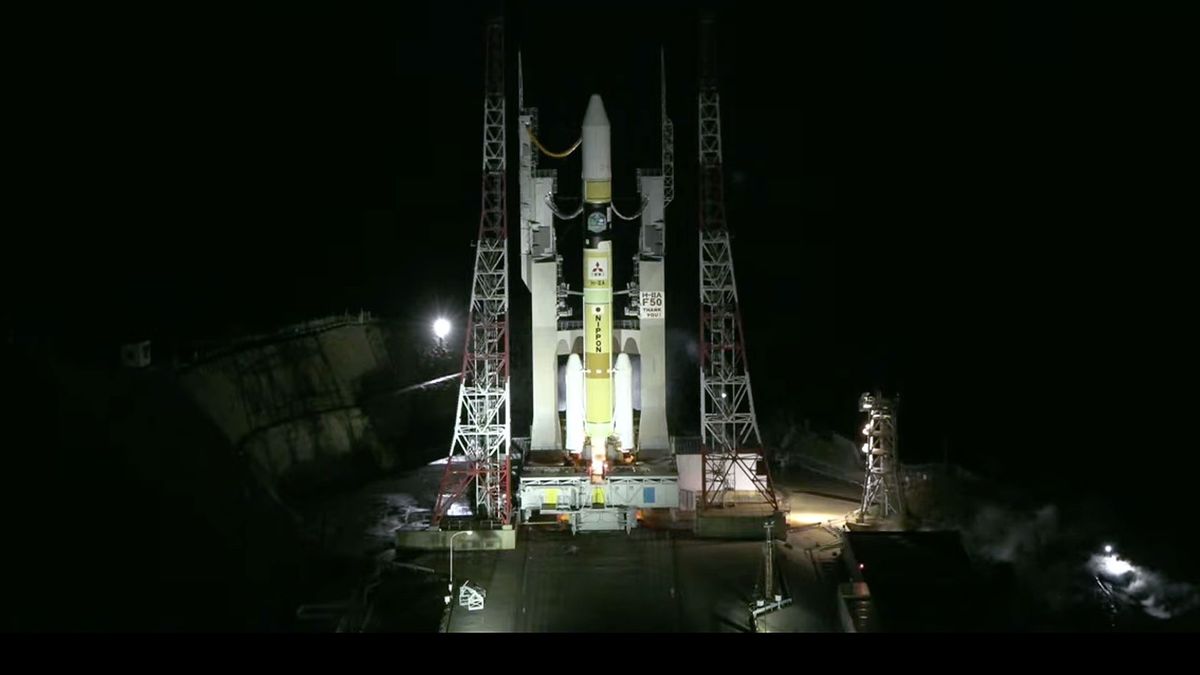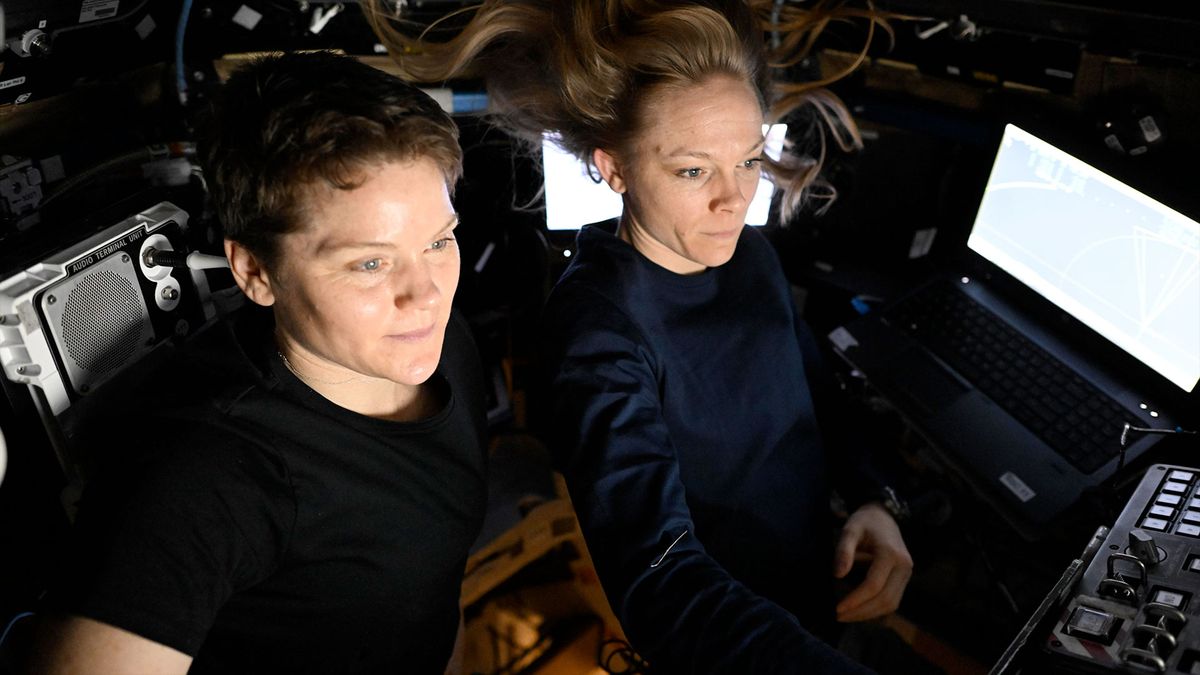Now Reading: Japan Marks Final H-2A Rocket Launch with GOSAT-GW Mission
-
01
Japan Marks Final H-2A Rocket Launch with GOSAT-GW Mission
Japan Marks Final H-2A Rocket Launch with GOSAT-GW Mission

Quick Summary
- Japan launched its 50th and final H-2A rocket on June 28, 2025, carrying the GOSAT-GW satellite.
- The mission lifted off from the Yoshinobu Launch Complex at Tenegashima Space Center.
- GOSAT-GW is designed too monitor sea surface temperature and greenhouse gas levels in Earth’s atmosphere.
- the satellite’s two main instruments are AMSR (Advanced Microwave Radiometer) for measuring water cycles,and TANSO (Greenhouse Gases Observation Sensor) to observe climate change markers like carbon dioxide.
- GOSAT-GW joins earlier satellites SHIZUKU (2012) and IBUKI (2009).
- H-2A rocket had a nearly flawless launch record with only one failure since it debuted in 2001, achieving a 98% success rate over its operational lifespan of nearly 25 years.
- It has been retired to make way for japan’s newer H3 rocket model due to lower costs with comparable performance capabilities.
Indian Opinion Analysis
Japan’s advancement in space technology through missions like the launch of GOSAT-GW showcases serious efforts toward combating climate change by monitoring key environmental metrics such as greenhouse gases and ocean temperatures directly from space. As India continues expanding its own space program under ISRO, there could be opportunities for collaborative projects or shared data utilization between the nations given mutual concerns about global warming that deeply impact both environments.
Moreover, Japan’s transition from H-2A rockets to more cost-efficient models aligns with strategies adopted by other countries pivoting toward economical yet high-performance systems like India’s PSLV or future developments around LVM3 platforms.Such advancements underscore an increasing competitive edge among nations prioritizing sustainability within space missions-a trend crucial as Earth faces complex ecological challenges.
India can use these insights as benchmarks while deepening investments into Earth observation technologies that align strategically with promoting climate resilience domestically while improving regional collaborations globally.
























